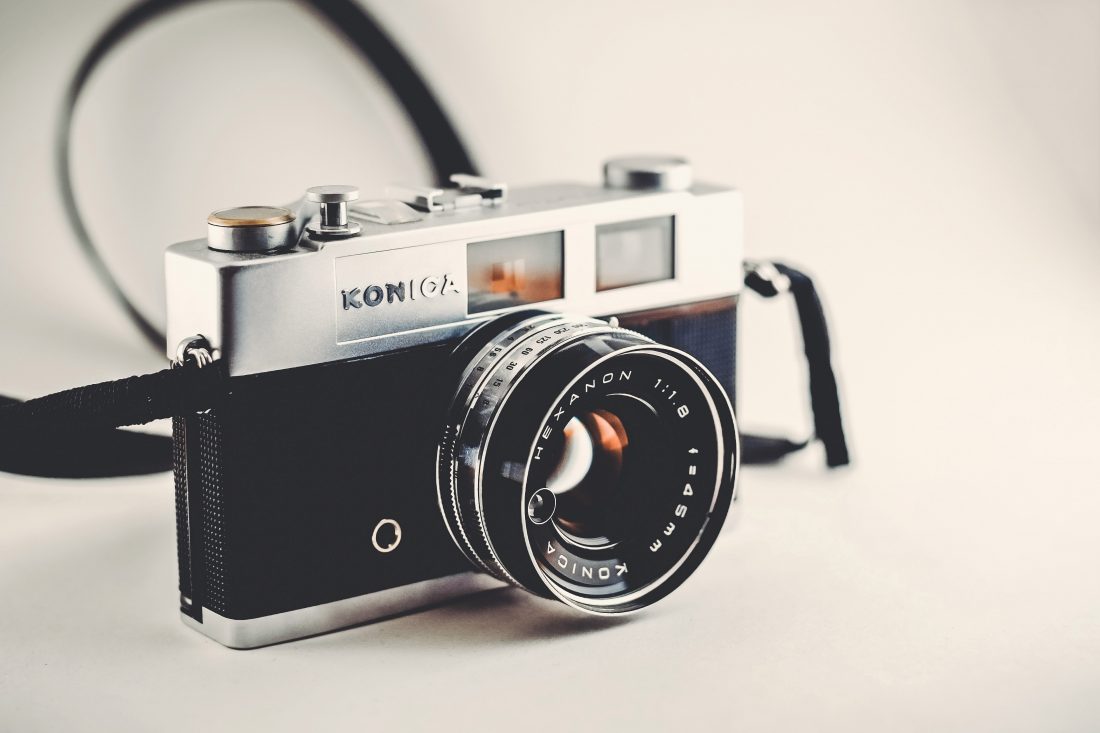
The Sony DSC-U30 Digital Camera was a compact point-and-shoot camera released by Sony in the early 2000s. This digital camera was designed for casual photographers and offered a range of features in a small and portable package. It was part of Sony’s U series of digital cameras, known for their convenience and simplicity.
**Features and Specifications**
The Sony DSC-U30 boasted a 1.3-megapixel CCD sensor, which was considered quite impressive at the time of its release. It offered a maximum resolution of 1280 x 960 pixels, allowing users to capture decent quality images. Additionally, it had a fixed focal length lens, equivalent to a 33mm lens on a 35mm film camera.
One of the standout features of the DSC-U30 was its unique vertical design. Unlike traditional point-and-shoot cameras, the U30 had a vertical form factor, making it easy to hold and operate with one hand. This design choice made it convenient for quick snapshots on the go.
Although the camera had limited manual controls, it offered various shooting modes such as Auto, Twilight, Landscape, and Portrait. These presets helped users capture images in different lighting conditions and scenarios. The DSC-U30 also had a 1.0-inch color LCD screen on the back, allowing users to review their shots immediately.
The camera supported both still image and short video recording. It had 8MB of internal memory, which was expandable using Memory Stick media, a popular memory card format at that time. The Sony DSC-U30 was powered by two AA batteries, making it easily accessible to replace the power source.
**Release Date and Pricing**
The Sony DSC-U30 Digital Camera was released in September 2003 with a retail price of around $200. At that time, this camera offered an affordable entry point into the world of digital photography. Its compact design and reasonable price made it a popular choice among casual photographers and beginners.
**Conclusion**
The Sony DSC-U30 Digital Camera was a compact and user-friendly device that catered to the needs of casual photographers. While it may seem limited by today’s standards, it was a significant step in the evolution of digital cameras at the time of its release. Its unique vertical design, decent image quality, and affordable price tag made it a popular choice among individuals looking to dip their toes into digital photography.
